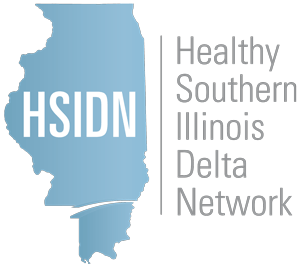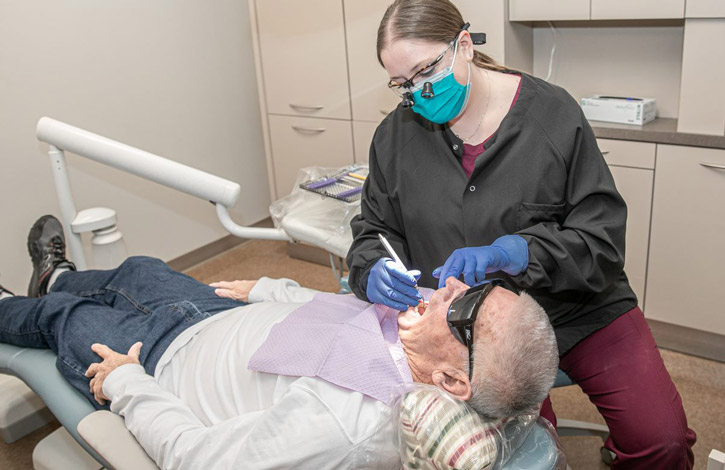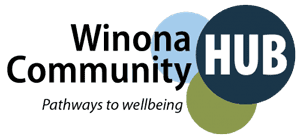Mar 27, 2024
Strategic Collaboration: The Key to Moving Rural Healthcare Forward
by Kristin D. Wilson, PhD, MHA, Whitney Zahnd, PhD, and Hallie Vonk
Rural healthcare organizations have long understood the necessity of partnerships to remain viable amid workforce shortages, financial pressures, barriers to technology adoption, and an aging population. A shift to strategic collaboration, however, will drive rural healthcare to its next generation of care delivery. Collaboration often serves as a label to address and acknowledge all activities in a working relationship regardless of the time, trust, and level of engagement by the organizations. In reality, collaboration lies on a continuum, ranging from an ad hoc exchange of information to shared decision-making and a joint strategic plan. Strategic collaboration is necessary to promote the vitality and vibrancy of rural communities, which in turn can be harnessed to move rural healthcare forward in the changing landscape of payment models and care delivery.
Why Strategic Collaboration?
A strength of rural healthcare organizations is their people, and it is when these people come together that innovative and creative types of care delivery are born. This approach of strategic collaboration moves beyond traditional transactional activities and involves deliberate action to combine resources, expertise, and efforts to create mutual benefits that are often beyond what each party could achieve independently. Strategic collaboration is a purposeful partnership interwoven throughout the fabric of the organization with the aim of achieving shared goals or objectives. Innovations in rural healthcare collaboration are emerging across the nation, showing promise of improved access, better health outcomes, and community vibrancy.
Healthy Southern Illinois Delta Network

Angie Bailey, System Director of Community Health at Southern Illinois Healthcare (SIH), said, “We're working smarter, not harder, by bringing our resources together. We don't have as many resources or people [compared to an urban setting], so we need to collaborate to improve health and reduce working in silos.” Bailey is referring to the Healthy Southern Illinois Delta Network (HSIDN), which was formed in 2008 as a grassroots effort to build consensus around the health needs of residents in the southernmost Illinois counties. The network is a strategic collaboration between the health departments and health coalitions covering 16 southern Illinois counties, SIH, and Southern Illinois University School of Medicine Center for Rural Health and Social Service Development, and University of Illinois Extension.

Bailey recalled, “Our population is not as large as many urban settings, so we were seeing that there were grant opportunities that we weren't able to apply for. This was one of the reasons that springboarded us to start the HSIDN.” Since launching the network, HSIDN brings key stakeholders together for strategic planning sessions every five years to identify the health goals they want to achieve as a region. SIH conducts a community health needs assessment and the health departments conduct IPLANs (Illinois Project for Local Assessment of Needs) to identify the health needs and align strategic priorities. Regional efforts are coordinated by the steering committee and implemented at the local level through healthy community coalitions.
For the HSIDN, a key for sustainable success is having SIH serve as the network's backbone. From hosting the steering committee meetings, maintaining the website, and serving as a trusted agency in the community, SIH ensures that the collaboration continues despite recent turnover challenges in public health departments and community-based organizations. Central to the success of this strategic collaboration are feedback and support from the community.
There's a richness that we have being rural. There is just that collaborative effort.
“We get a lot of feedback in all of our programming that we do and take that into consideration to build upon what the community members are saying,” said Fanta Saidou, Community Health Coordinator at SIH.
The HSIDN often solicits input from the community, recognizing that the best solutions come from those who are directly experiencing the problem. “There's a richness that we have being rural,” said Saidou. “There is just that collaborative effort.”
Iowa Community Health Centers – Iowa Primary Care Association, INConcertCare, and IowaHealth+

“Our ‘secret sauce’ is that we consistently utilize a consultative approach. We co-create strategy with our members and our partners and get direction and input on our work through facilitated engagement sessions. Some of these sessions, like our annual strategic agility session, have upwards of 50 health center leaders, providers, and team members participating,” said Kelly Hannan, Chief Operating Officer at the Iowa Primary Care Association (Iowa PCA).

The Iowa PCA and its sister companies INConcertCare and IowaHealth+ form a network that is a Health Resources and Services Administration (HRSA) best practice model sought by states across the country for how Primary Care Associations, Health Center Controlled Networks, and clinically integrated networks can be integrated to support and enhance the work of community health centers (CHCs). Comprising 13 CHCs and one migrant health program, the Iowa PCA provides training and technical assistance to support its mission of “enhancing community health centers' capacity to care.” INConcertCare serves as the technology arm of the network, providing health centers with data analytics and population health management tools. IowaHealth+ is a clinically integrated network dedicated to addressing social determinants of health through value-based care.
The healthcare system is complex, and no one entity, no matter how big, has all the answers and can meet all the needs — especially in rural areas.
With a shared vision, mission, and values, the three organizations establish a common strategic plan. Hannan believes that “we must change the framework. The healthcare system is complex, and no one entity, no matter how big, has all the answers and can meet all the needs — especially in rural areas. We recognize we can't do it alone and value collaboration with state, local, and even national partners. We are willing to think creatively about improving systems of care to address lack of access, workforce shortages, and disparities in health outcomes. As a statewide network of integrated primary care providers, our impact is exponentially greater and more sustainable to environmental changes when we work together toward common goals.”

The organization has a bold vision: health equity for all. This approach acknowledges that not every person needs the same healthcare support or intervention and that wellness services should be tailored to achieve optimal well-being for everyone. Hannan recognizes the network vision is audacious and requires patience and persistence. Each of the organizations involved in this strategic collaboration has its own board of directors. “We are iteratively bringing information back to the boards for feedback and sharing information and getting input with key stakeholders through our various committees and workgroups. A focus on communication and continuous improvement are necessary for us to reach our goals,” said Hannan. The Iowa PCA, INConcertCare, and IowaHealth+ have developed a comprehensive, integrated network dedicated to ensuring all Iowans have access to affordable, comprehensive health services.
Winona Community HUB

For a patient who is diabetic, food-insecure, and lacking appropriate housing, medications and annual wellness check-ups will not be sufficient to care for their needs. This is where the Winona Community HUB steps in to meet the needs of residents of the micropolitan Minnesota town. The HUB helps provide essential services that fall outside the scope of standard healthcare. The Winona Community HUB, a community-based system housed within Live Well Winona and under contract with the Winona Health Foundation, provides health education and connection to community resources to help address social determinants of health. The HUB addresses health risks through a comprehensive approach utilizing the Pathways Community HUB Institute model, collaborative referral partners, community health workers, and community care agencies.

“When a patient with diabetes, food insecurities, and housing challenges was referred to us, they had three huge needs that we were able to help address…Their life was radically changed by the HUB, and they are now empowered to control their health decisions,” said Jackie Henderson, Winona Community HUB Manager.

The HUB helps individuals experiencing food insecurity, mental health challenges, housing insecurity, and frequent emergency department visits by referring them to needed services in the community.
In healthcare, we tend to try to be efficient and fast, but collaboration is built on relationships that take time.
“Collaboration is not fast or easy work. In healthcare, we tend to try to be efficient and fast, but collaboration is built on relationships that take time,” said Vanessa Southworth, Winona Community HUB Director. “The HUB is not fast and furious,” she said. “We connect patients with long-term solutions rather than short-term fixes.” Through its dedication to holistic care and collaborative efforts, the Winona Community HUB continues to pave the way for transformative healthcare solutions in the community.

Stepping Towards New Collaboration
There is no one-size-fits-all for strategic collaboration. Common foundations for success from the three rural strategic collaboration efforts include:
- Shared resources
- Mutual benefit for all organizations
- Organizational structure to ensure relationships continue through shared strategic goals and efforts
- Key stakeholder buy-in
- Time, communication, diligence, and creativity
Now is the time for rural health organizations to simultaneously address the challenges of this moment and anticipate the evolution of care delivery in the future. This requires creative solutions, with collaboration at the core. The focus is no longer whether to transition from transactional to strategic collaboration, but how to do so most effectively. Rural communities embody unique landscapes, each with its distinct strengths and challenges. Embracing this diversity requires an innovative lens when forging strategic collaborations to ensure partnerships reflect the specific needs of the community. “There is something special about the spirit of working together to meet the needs of the community,” Southworth said.
Opinions expressed are those of the authors and do not necessarily reflect the views of the Rural Health Information Hub.
